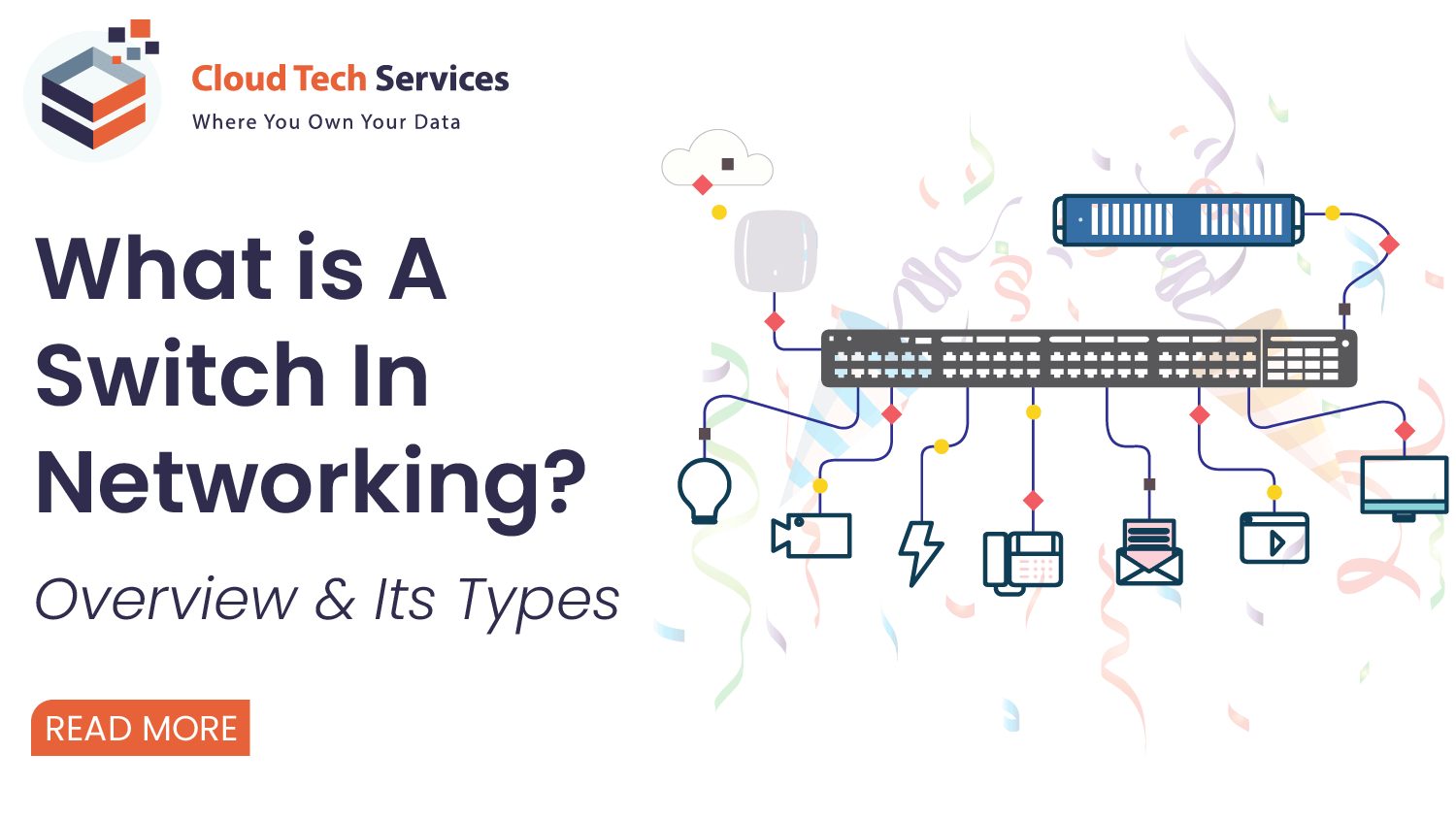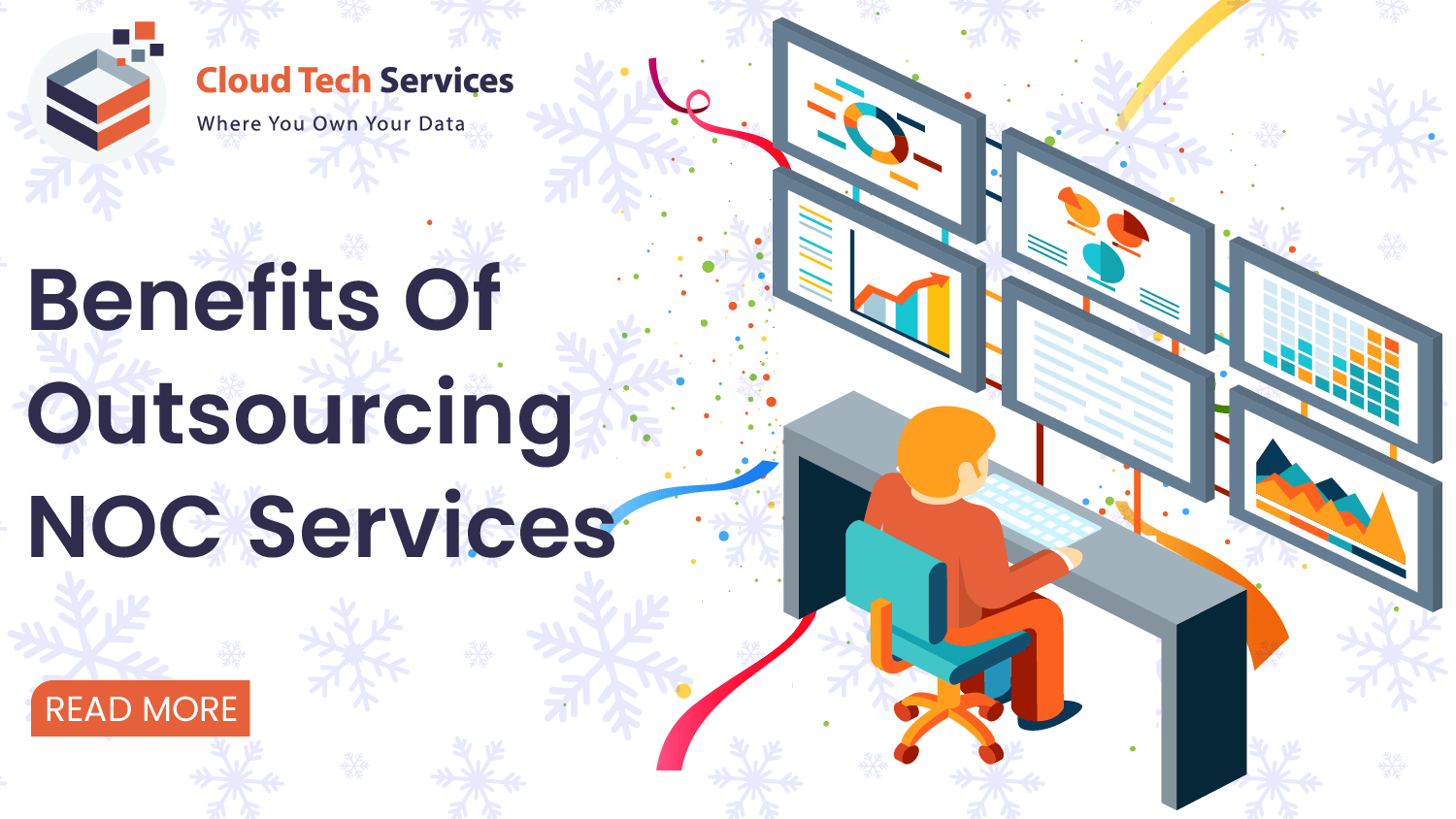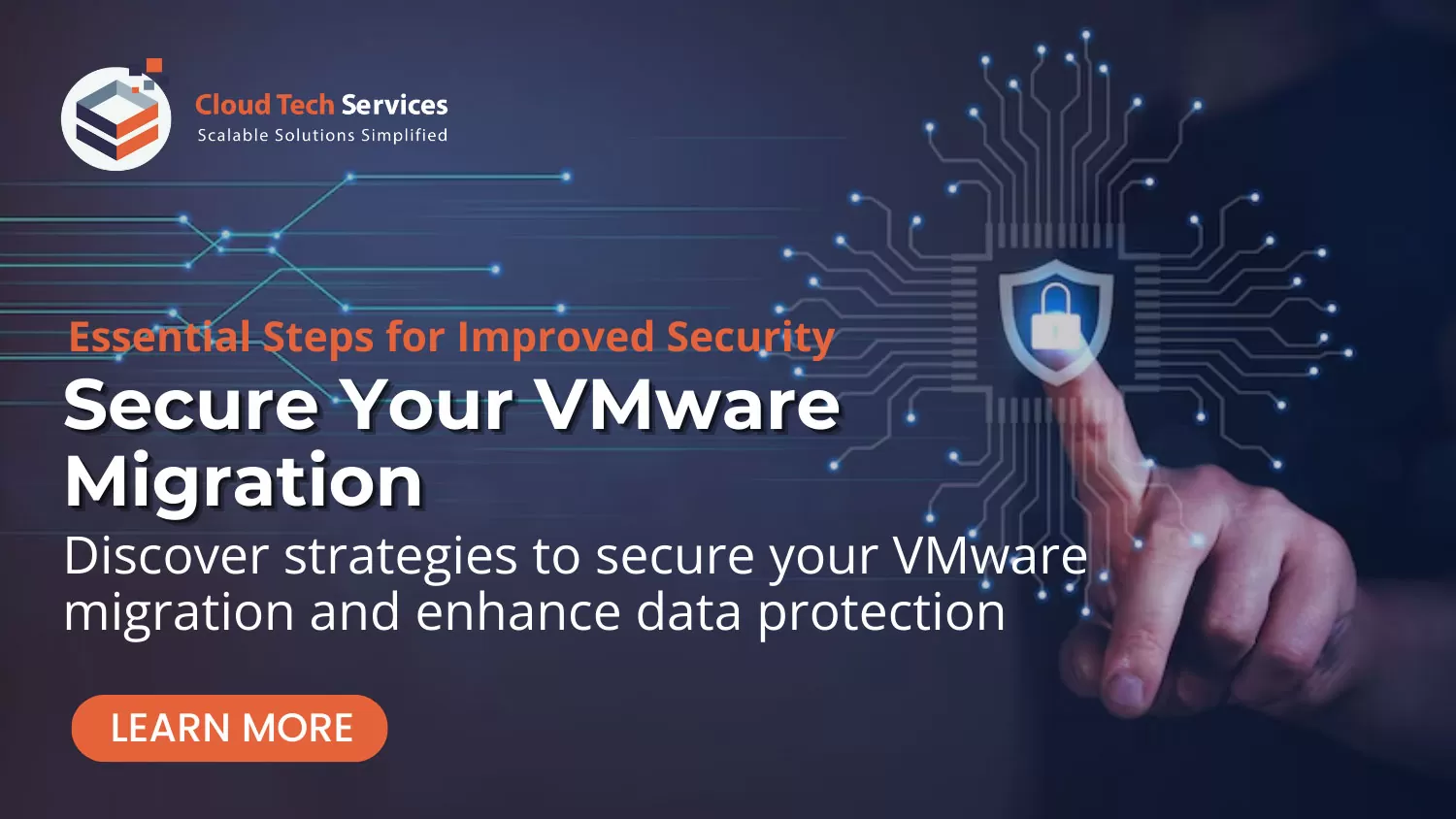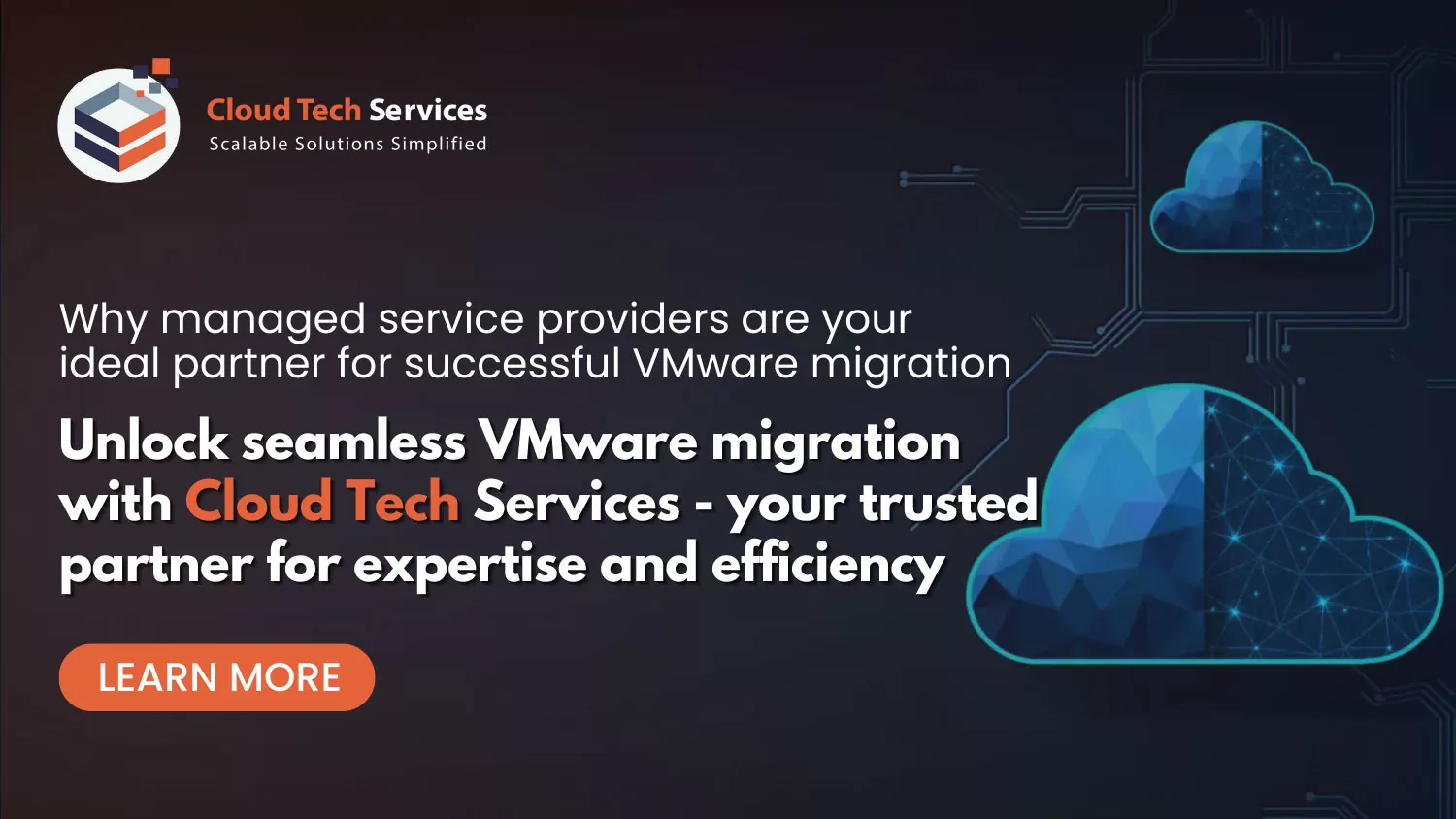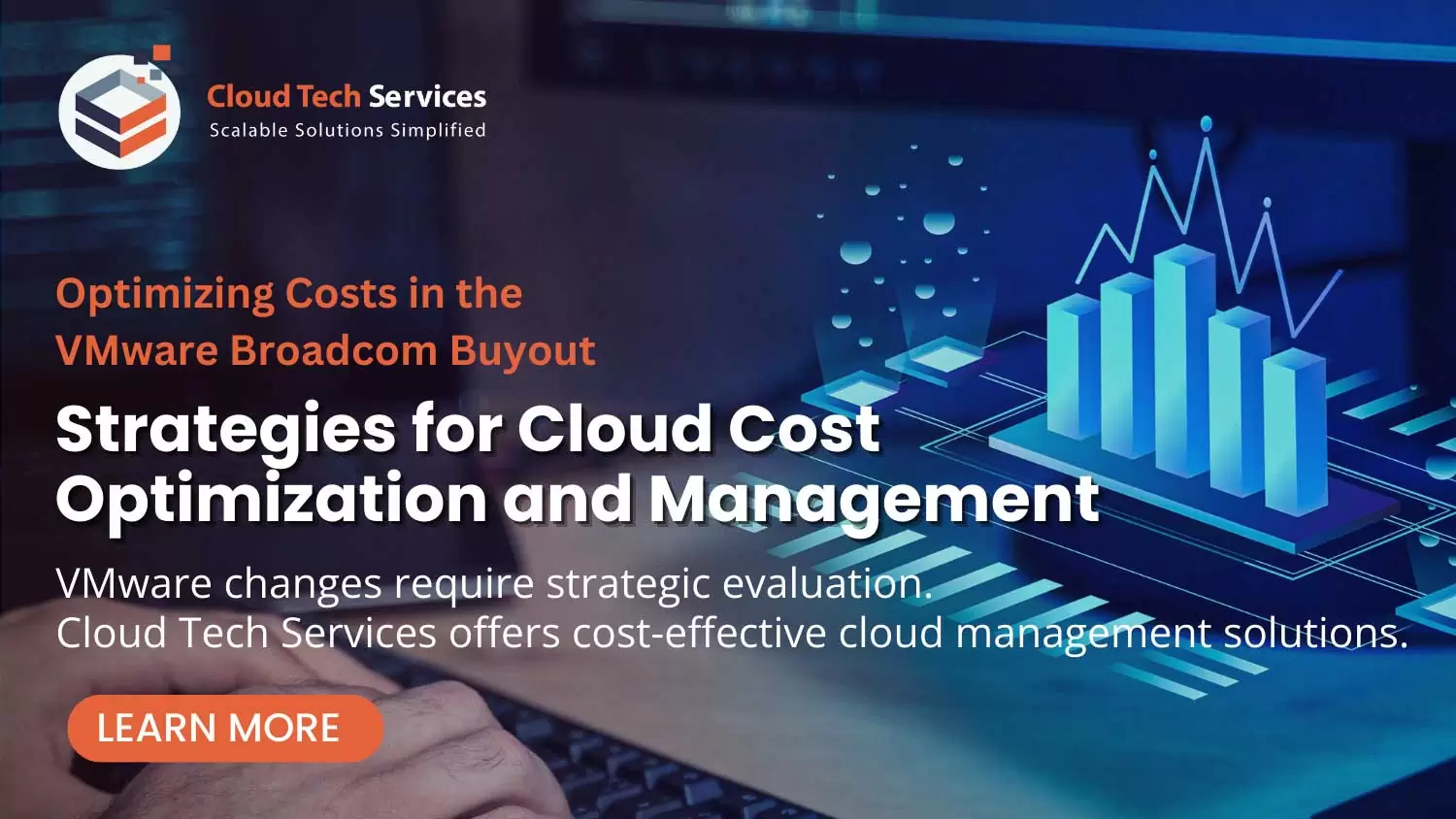Application License Management
Effectively manage application licenses to ensure compliance and cost optimization.
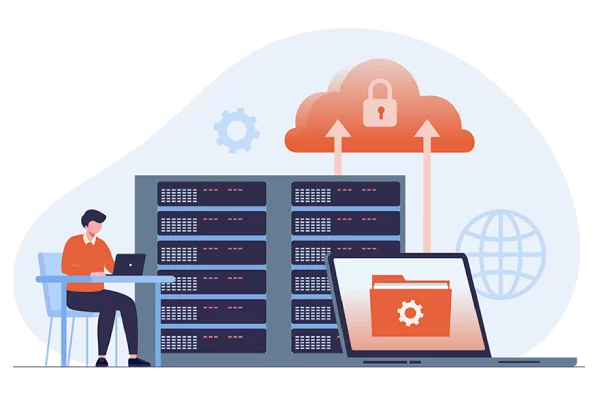
- Monitoring | Analysis | Triage | Assessments | Remediation | Advisory | Reporting
Why Choose Us?
The Vital Role of Application License Management
Application License Management is crucial for efficiently managing software licenses within an organization. It plays a vital role in ensuring compliance with licensing agreements, preventing legal liabilities, and optimizing costs by eliminating over-purchasing or underutilization. By maintaining accurate records and tracking license usage, it enables better resource allocation and planning.
Additionally, it minimizes the risk of security breaches arising from unauthorized software usage. Furthermore, Application License Management streamlines software asset management, simplifies audits, and facilitates seamless software deployment across the organization. Overall, it helps businesses optimize their software investments, enhance productivity, and maintain a healthy software environment.
Unlocking Efficiency: Application License Management
Application License Management
- License Inventory Assessment: Assessing the organization’s current software license inventory and understanding the license management challenges.
- Incident Triage: Initial assessment and classification of license management-related incidents, followed by appropriate escalation or resolution.
- License Compliance Review: Conduct license compliance reviews to ensure adherence to software vendor licensing terms and conditions.
- License Requirement Analysis: The organization’s license requirements are analyzed based on software usage, user counts, and business needs.
- License Entitlement Verification: Verifying the entitlements of purchased licenses and comparing them with deployed software.
- License Optimization Strategy: Develop strategies to optimize license usage and minimize overspending or underutilization.
- License Tracking and Reporting: Implementing tools and processes to track license usage, deployments, and software inventory.
- License Pooling and Re-harvesting: Identifying unused or underutilized licenses and reallocating them to other users or applications.
- License Compliance Monitoring: Continuously monitor software usage and license compliance to detect non-compliance issues.
- Vendor License Management: Managing relationships with software vendors, including reviewing license agreements, negotiating terms, and resolving licensing disputes.
- License Renewal and Maintenance: Managing the renewal of software licenses, ensuring continued compliance and uninterrupted access to software updates.
- Software License Audits: Assisting in software license audits conducted by vendors or regulatory bodies, ensuring compliance and providing necessary documentation.
- License Optimization and Cost Reduction: Analyzing software license usage patterns, identifying opportunities for cost reduction, and optimizing license procurement.
- License Governance and Policy: Establishing license governance frameworks, policies, and procedures to guide license management practices and ensure ongoing compliance.
Why Choose Us?
Tailored IT Solutions for Your Success

Exceptional Expertise
With over four decades of extensive experience, our team of IT professionals continually strives to deliver the most suitable solution for your diverse IT needs.

Business Efficiency
Our expertise in a wide range of IT solutions empowers businesses by extending their in-house IT capabilities to simplify business operations and improve efficiency.

Flexible Engagement Models
Every organization has unique requirements. Our flexible engagement models and scalable solutions empower you to adapt and scale your IT capabilities.

Industry Best Practices
We stay at the forefront of technological advancements and methodologies to deliver innovative, future-ready IT Solutions and managed services.
Get To Know
Our Process
Step 1
Evaluate
Identify your IT needs, compare managed IT service providers, and select the best fit for your business.
Step 2
Transition
The process of moving from an in-house IT infrastructure to a managed IT service provider.
Step 3
Deployment
The process of deploying managed IT services to your business, including planning, configuration, testing, and deployment.







